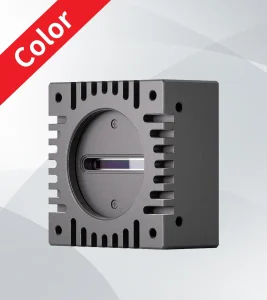There are several key points to consider when choosing a machine vision camera that guarantees the best possible performance and complete integration into existing systems. The most important is resolution. There are cameras ranging from 1 to 20 megapixels available and depending on the application, different resolutions can be used. You also need to spot the small details or detect minute failures which will not be possible at lower resolutions.
Another consideration is frame rate. For high-speed applications with very rapid image processing requirements, cameras that capture 100 (or more) frames per second are the best option. In the semiconductor industry, where production speeds are extremely fast for on-time inspections; extremely high-performing cameras with very high frame rates true to length.
In an effective manner, lighting is another critical aspect of machine vision cameras. An image with correct brightness is necessary to improve the quality and contrast of any picture. One of the most important factors in defect inspection and measurement is getting consistent lighting conditions; companies will often have an LED or fiber optic lights at certain distances to ensure good light.
The choice of lens will affect the angle and depth. Every adjustable focal length will lend you a different angle, focusing power on how wide or small of an object size and distance. For example, the adjustable focal length of machine vision lenses enables quality control for automotive parts because it can inspect different sizes without any change to camera.

Finally, a machine vision camera must have the right integration capabilities to seamlessly work with current systems. Also, there are many interfaces that can be supported by modern cameras (e.g. GigE Vision, USB3 Vision or Camera Link) and therefore the camera is adaptable to various types of data acquisition systems implemented in end-user applications. Cameras with these interfaces are available from scores of suppliers, like Cognex.
Cost is a big factor here where prices go from $1,000 to sale for machine vision cameras. The more expensive models might own better image processing algorithms or beacons that will deliver complex tasks, and of course much higher prices.
Another reason for the selective choice of machine vision cameras may be that Elon Musk has made his viewpoint on how technology can drive efficiencies/innovations, and this thought seems to resonate in almost everything used. His point was very well taken; don't always be pressing forward with updated technology or else cameras will kill you because sometimes better cost and performance isn't the best for specific operational needs.
Machine vision cameras are a key technology that would be largely beneficial in realizing the advancement of industrial automation. For proper options kindly check machine vision camera